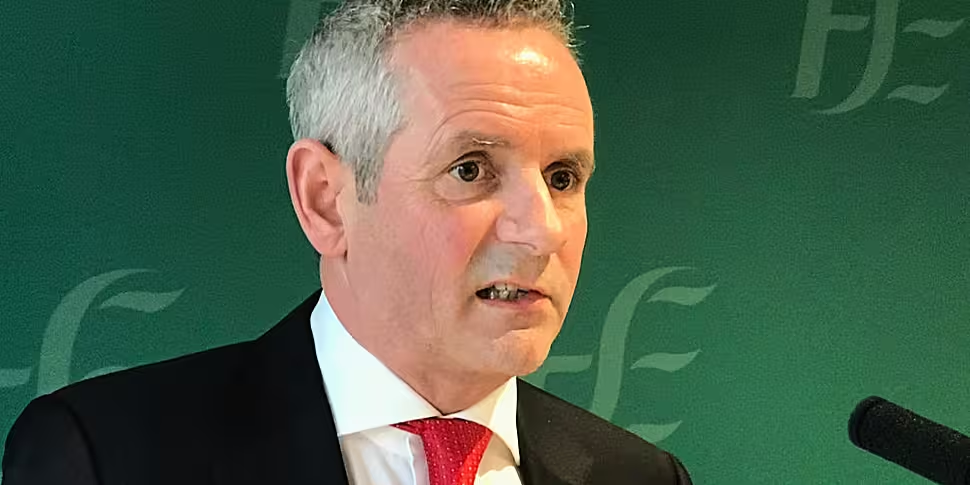The chief executive of the Health Service Executive (HSE) has said he would like to see less emergency departments around Ireland.
Paul Reid said it is a policy decision for Government, but told Newstalk Breakfast he believes numbers need to be 'really assessed'.
However he would not be drawn on specific details.
He also said progress is being made in reducing the number of people on trolleys in hospitals.
Some 520 people are on trolleys in Irish hospitals on Thursday, according to the Irish Nurses and Midwives Organisation (INMO)
That is a decrease on the 621 people who were left on trolleys on Wednesday.
That is also down from a record high of 760 at the start of the week.
The worst affected places are University Hospital Limerick (48), University Hospital Galway (45) and South Tipperary General Hospital (44).
Elective procedures have also been cancelled at four hospitals this week because of the extent of the overcrowding.
INMO General Secretary Phil Ní Sheaghdha said: "This is still a dangerous number of patients without beds, but any progress is welcome.
"We must keep a laser focus on driving this figure down in the coming days. The only acceptable figure for patients without beds is zero.
"The trolley crisis can be fixed. With focus, planning and resources, we can drive down these numbers each and every day.
"That requires getting enough beds for patients with safe levels of staff to care for them".
Mr Reid said they need to strengthen community care to provide some relief to hospitals.
"If we keep doing everything the same as we've been doing it, we'll continue to have the same answer and have an overcrowding issue."
He said there are three big strategic elements that need to be implemented.
"The first one I'd call improving the capacity that we have in the system - the number of beds and resources to support those beds.
"We need about 2,500 beds in the hospital system over a period of years, and that's what we need.
"We also need to resource up and strengthen our capacity in the community side to give relief on to the acute hospital system.
"That's a major part of our national service plan next year".
He said this was so people in the community can get care without going into the hospital system.
"More GPs, more diagnostics in our primary care centres, more capacity and capability of pharmacies to look at minor injuries, etc.
"There's a way of changing the route into the acute system".
He said the second element is changing the way that the HSE organises its work between the acute system and the community system.
"The third one is we do really need to look at the number of emergency departments that we're managing all across the system.
"So we're currently managing 29 emergency departments, and that's the route where primarily people go when they need it."
"There's a lot we need to do with our current emergency departments, but it has to be part of an assessment we do.
"Just to give a simple example, in a national trauma strategy where we're looking at people would be treated in major traumas.
"That does have a vision of having a small number of dedicated, major trauma centres across the country with a number of spines and hubs through the country off that".









